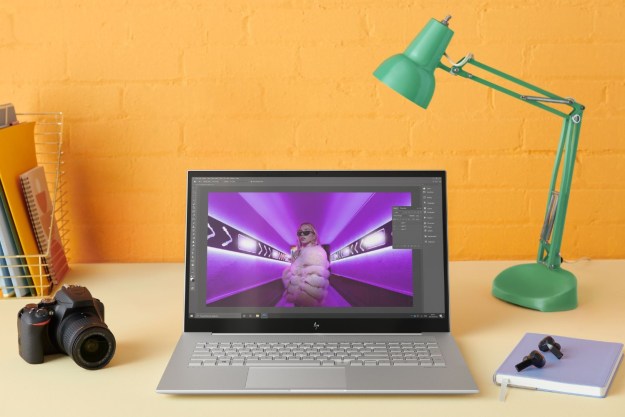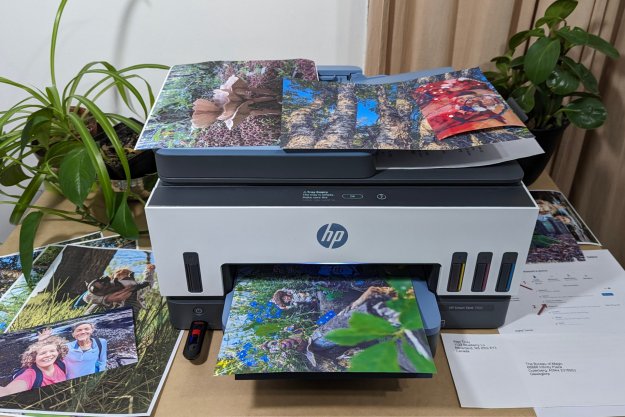
Google’s plan, which the company will elucidate during four separate Project Tango sessions next week, involves a “big expansion” of the technology underlying Tango. Specifically, the company hopes that Tango, which uses cameras, infrared sensors, and specialized software to produce intricately detailed, three-dimensional recreations of the objects and spaces around it, will see widespread adoption among developers, video game programmers, and even grocery store chains and museums. One use case? An app that could “highlight sale items” and “guide shoppers to the right shelf,” or a guided visual tour through an art gallery.
Google’s already putting the pieces in motion. At the Consumer Electronics Show in January, the company announced a partnership with Lenovo that’ll see Tango’s tracking tech integrated into a smartphone. (Rumor has it that the device, a 6.5-inch handset, will be formally introduced at Lenovo’s Tech World conference on June 9 and at a price less than $500.) Google, too, has built an App Incubator to accelerate development of VR apps that tap into Tango. And Bloomberg reports that the Mountain View company is working to make Tango’s maps of rooms “shareable” among smartphones, tablets, and dedicated Tango rigs to make it easier for developers to stitch into detailed, fully navigable environments.
Google is uniquely positioned in the burgeoning industry of virtual reality. Unlike “room-scale” VR technologies like Facebook’s Oculus and HTC’s Vive, both of which require mounted sensors to track users in three-dimensional spaces, Project Tango’s hardware is entirely self-contained. And Google’s got the cloud infrastructure to store the data Tango sensors generate — according to a job listing Google posted in February, the company’s building a service that’ll “store, merge, and serve location data to specific Project Tango devices.”
Google’s endgame, speculates Bloomberg, is an extension of Google maps into the interiors of the world’s buildings. The company has the tech to do it, but whether developers will bite remains to be seen. After all, Tango’s got competition — Microsoft’s HoloLens headset features similar depth-sensing virtual reality tech, although admittedly in a much pricier ($3,000) package.
Editors' Recommendations
- We now know how Apple’s VR headset may handle video, and it’s pretty awesome
- New report indicates that Apple’s two secret projects are its ‘next big thing’


